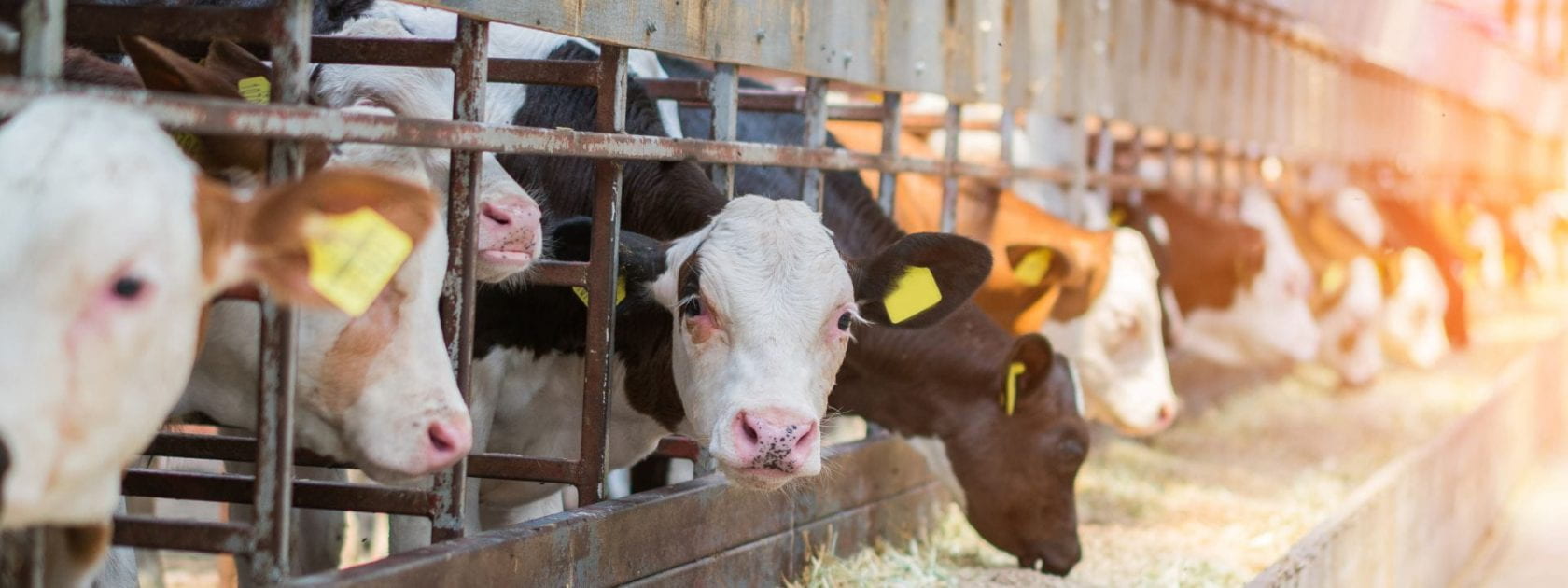By Nithucha Chandran
Globally, many birds are kept in cage-based systems lacking physical and mental stimulation, impacting their welfare. Pecking blocks (PBs) are edible foraging enrichments which can provide stimulation for birds, however, further information on their use in caged systems is needed. Thus, we explored birds’ use of three commercially available PBs (A, B, C) and PB location preferences within a cage.
Three hundred sixty beak-trimmed Bovans Brown and Dekalb White hens were divided into 12 enriched cages. Each cage was exposed to all three PBs for three 5-week periods in a Latin-square design, ensuring balanced exposure to each PB across periods. The three PB location placements were 1) on the floor, near the scratch mat, 2) mounted on the cage wall over the scratch mat, and 3) mounted in front of the feed trough, away from the scratch mat. Scan sampling was conducted to count the number of hens interacting with the PBs, and generalized linear mixed models analyzed the number of hen interactions with PB with PB type, PB location, strain, and their interactions as fixed effects.
Hens interacted with all three PBs but varied by strain in relation to block type (p = 0.0002) and location (p = 0.0004). More Bovans Brown hens interacted with PB B than PB A (p < 0.0001) and PB C (p = 0.0011), whereas Dekalb White hens demonstrated equal levels of interactions across all PBs. Bovans Brown hens interacted more with the PBs at location 1 (p = 0.0008) and location 2 (p = 0.0040) than those at location 3.
These results show that all PB types tested provided foraging opportunities and that hens actively chose to interact with these enrichments. Therefore, using PBs can improve the welfare of the large percentage of laying hens housed in cage systems.




